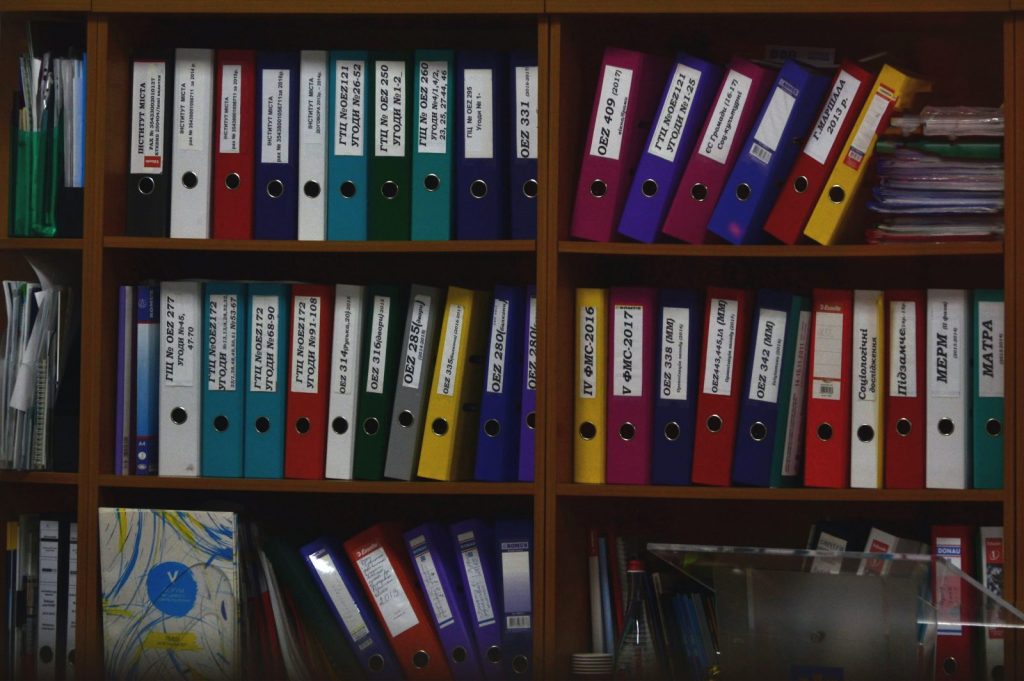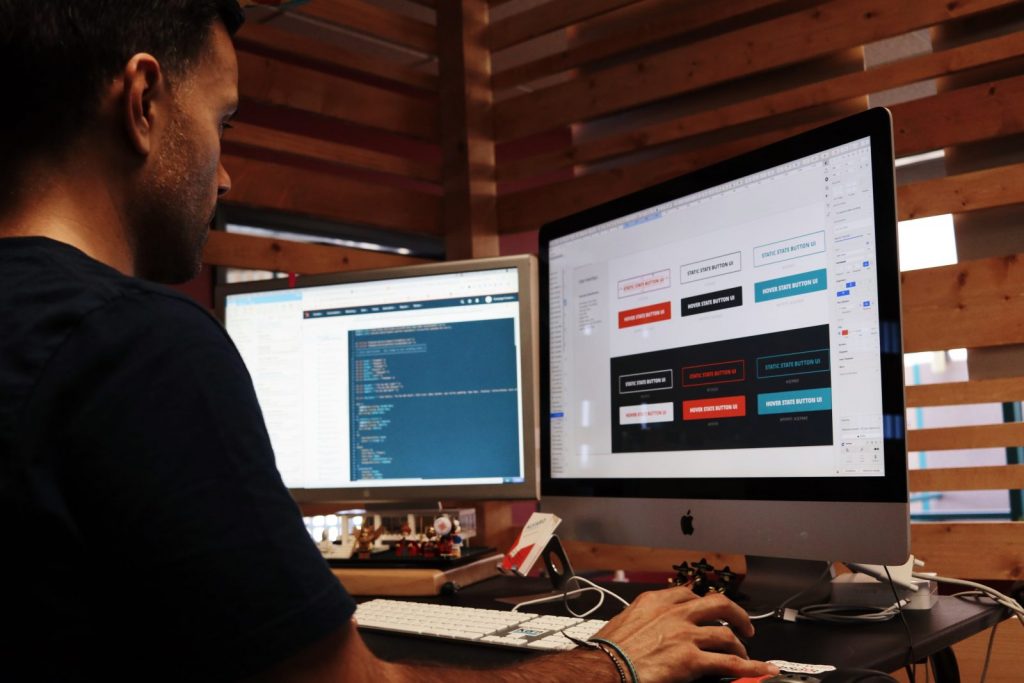
On average, small businesses in the UK waste over 120 hours a year on backoffice and administrative tasks - time which could be much better spent focusing on core business activities (Source). Around 6% of total staff time is spent performing back-office tasks manually, because businesses do not have the technology in place to streamline them.

For this article, let's take the example of a (fictional) web design company, Contoso Ltd. Contoso operates by taking an initial contact from a prospect, going through a series of email and telephone-based consultations, agreeing upon a quotation, and then issuing invoices when the work is complete.
Currently, Contoso operates these systems to achieve this:
In order for Contoso to complete a full interaction with a client, the following steps need to happen:
With Contoso's current system come a number of challenges and pain points, both during day-to-day running and from a regulatory perspective.
In order to alleviate these concerns and rise to the challenges presented, we would propose Contoso implement a modern, modular ERP system to centralize and consolidate its data collection and administrative operations into the one place.
At the mention of the word "ERP", one can easily be forgiven for immediately thinking of systems such as SAP or JDE: unwieldy, expensive behemoths aimed squarely at businesses in the "large to enormous" size bracket. As a result, many small to medium businesses miss out on many benefits a properly implemented ERP can bring.
The acronym "ERP" stands for Enterprise Resource Planning, and is a term used to describe systems which aim to bring all of a business's management and administrative tasks into the same place and to minimize duplicate data entry.
The core philosophy of ERP is that one piece of data exists once in one place. This means that if a salesperson takes down John Doe's details, then that information should never need to be taken again - it should be available throughout the company to whichever department needs it.
Modern ERP solutions such as Odoo work by breaking down their functionality into modules - for example CRM, Invoicing, Inventory, HR, Website CMS and many others. Each module is designed to manage a specific business area, while keeping duplication of data to an absolute minimum.
As mentioned above, a core tenet of ERP design is that one piece of data exists once in one place. Currently, most businesses operate multiple different packages each providing a specific function, such as separate CRM, billing, and accounting systems; and as a result they need to re-enter the same data into each of these separate systems. This introduces opportunities for errors, and also creates a lot of staff overhead keeping track of everything.
A modern ERP system would roll all this into the one place - making sure that staff only need to enter new data once.
Let us look again at the step-by-step description of Contoso's interactions with their client, this time with their backoffice tasks being run through an Odoo-based ERP.
As a result of this solution, Contoso's staff now only need to collect data once - and many previously time-consuming tasks have been streamlined into requiring less than three clicks of a mouse, leaving everybody free to focus on core activities.
